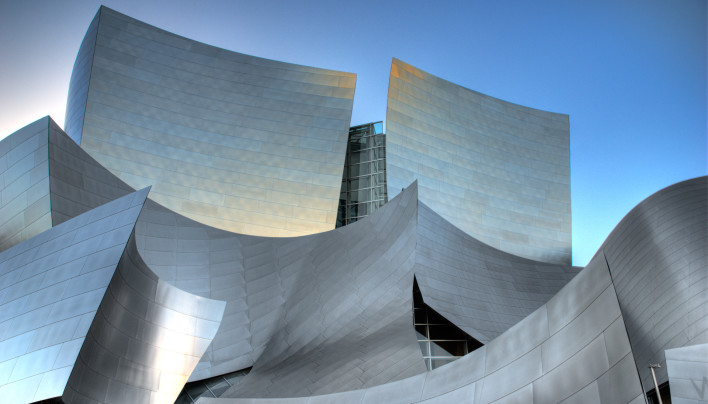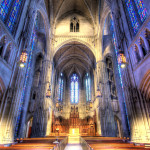Modern architecture is generally characterized by simplification of form and an absence of applied decoration. It is a term applied to an overarching movement, with its exact definition and scope varying widely.[1] In a broader sense, early modern architecture began at the turn of the 20th century with efforts to reconcile the principles underlying architectural design with rapid technological advancement and the modernization of society. It would take the form of numerous movements, schools of design, and architectural styles, some in tension with one another, and often equally defying such classification.[1]
The concept of modernism is a central theme in these efforts. Gaining popularity after the Second World War, architectural modernism was adopted by many influential architects and architectural educators, and continues as a dominant architectural style for institutional and corporate buildings into the 21st century. Modernism eventually generated reactions, most notably Postmodernism which sought to preserve pre-modern elements, while Neomodernism emerged as a reaction to Postmodernism.































Leave a Reply